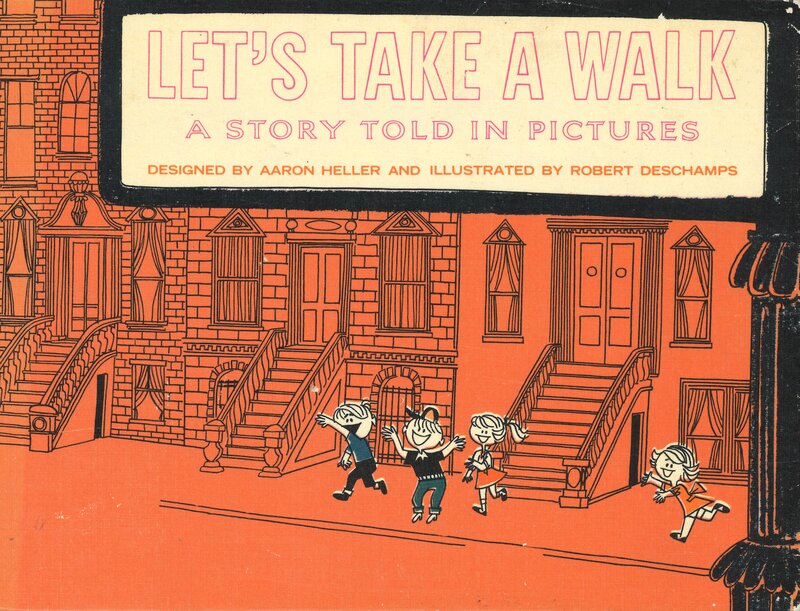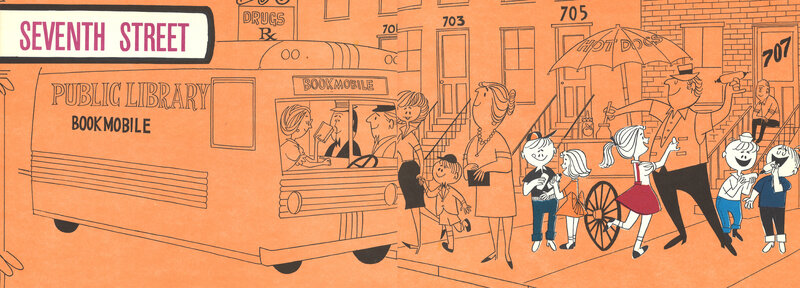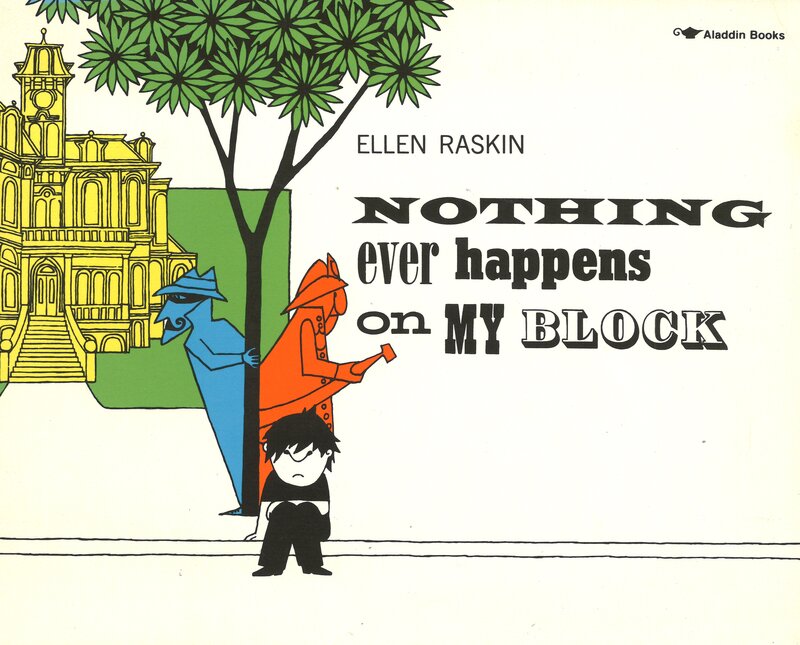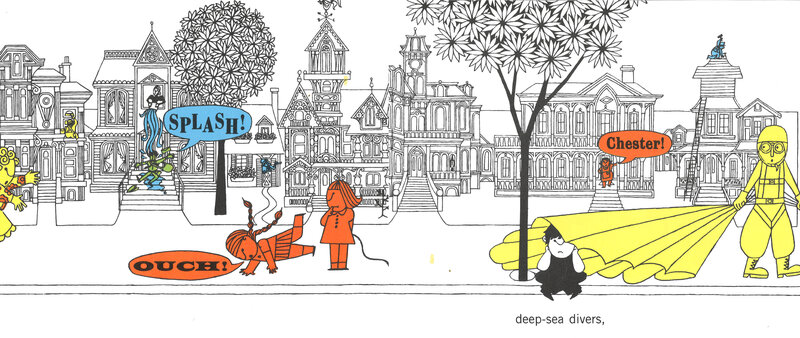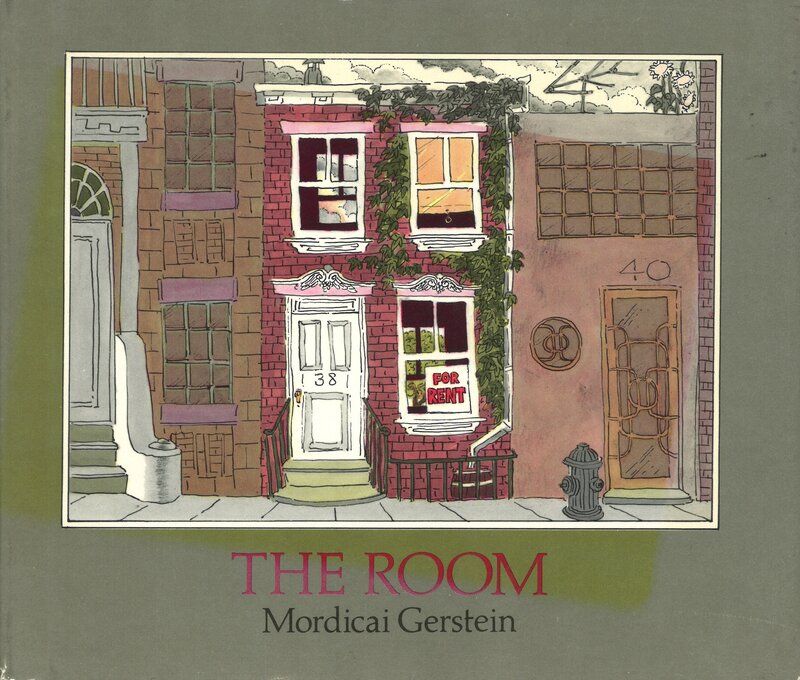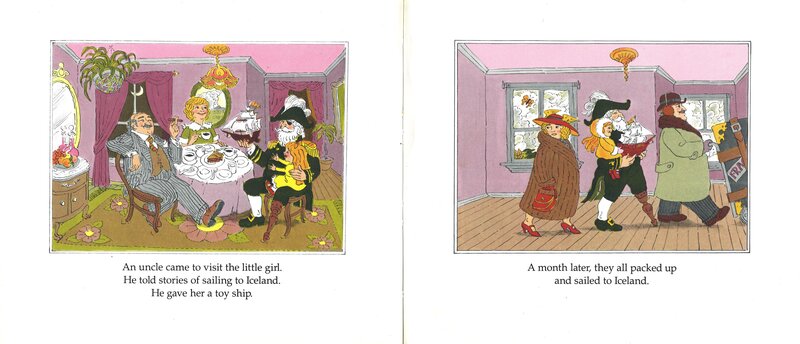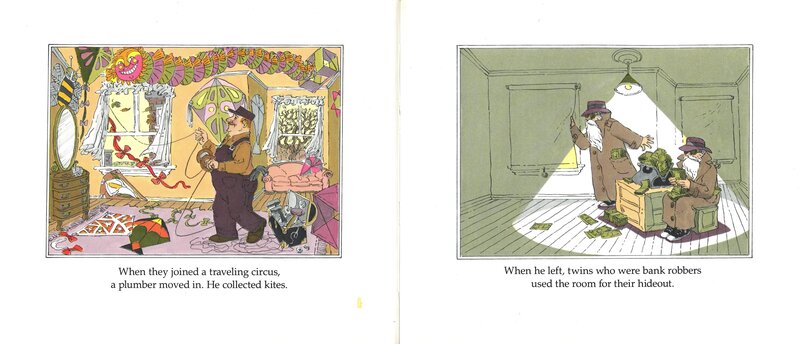What’s even easier than having a simple story? Having no story at all! That’s the reason Let’s Take A Walk has the credits ‘Designed By’ and ‘Illustrated By’ on its cover, as opposed to ‘Written By’. There’s no text beyond street names and city signage, each two-page spread displaying another street scene, from 1st to 12th. Everything is very quaint and yesteryear (1963), although, as is typical of older books, there’s just about zero racial diversity depicted. As a group of kids take an extended stroll through the city they encounter folks either relaxing responsibly – playing chess, visiting the bookmobile, throwing trash in the proper receptacle – or hard at work: fireman, construction worker, grocer, etc. The illustrations possess that midcentury urban optimism so prevalent in picture books and are more than enough to make this worth a look, despite the absence of a story.






